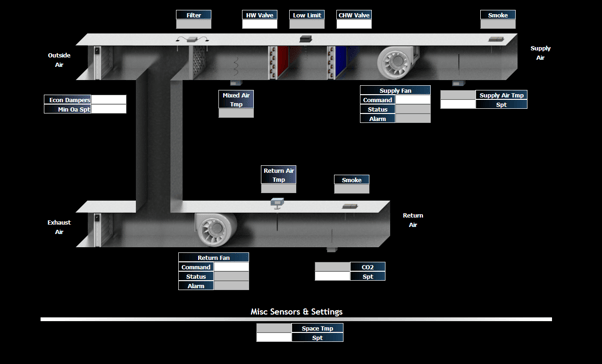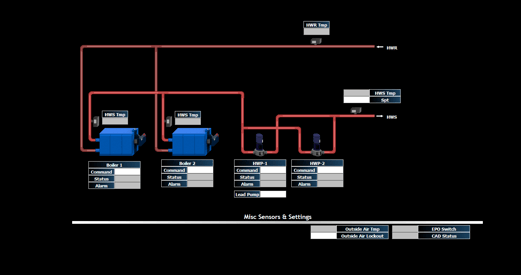Like everyone else, facility managers are accustomed to rapid advances in technology in their personal lives. Nowhere is that more true than with mobile devices, where apps and operating systems are upgraded so frequently that a healthy slice of the population upgrades cell phones every few years. A parallel phenomenon, although at a more measured pace, is happening with building automation. No one is going to replace a building automation system after three or four years. But the past decade has seen a lot of facilities install new BAS. In a recent Building Operating Management survey, 49 percent of respondents reported that their oldest BAS was less than 10 years old. Of course, that means that more than half have a BAS that is at least 10 years old. But even some of those facility managers might be surprised by features now available on some BAS offerings. Here are some highlights:
 Mobile optimization is a feature that will appeal to the growing number of facility managers whose staff uses cell phones and tablets on the job. Interfaces on mobile-optimized systems are suited to the smallest screen, with text and graphics designed to fit comfortably onto mobile phone screens, the way they do on consumer apps. On larger devices, the bigger screens may show views that combine several screens from a cell phone. But the overall user experience is intended to be essentially the same. These mobile-optimized interfaces are also designed with an intuitive structure to make it possible to drill down to specific information in a few swipes, taps, or clicks.
Mobile optimization is a feature that will appeal to the growing number of facility managers whose staff uses cell phones and tablets on the job. Interfaces on mobile-optimized systems are suited to the smallest screen, with text and graphics designed to fit comfortably onto mobile phone screens, the way they do on consumer apps. On larger devices, the bigger screens may show views that combine several screens from a cell phone. But the overall user experience is intended to be essentially the same. These mobile-optimized interfaces are also designed with an intuitive structure to make it possible to drill down to specific information in a few swipes, taps, or clicks. Analytics are native to some BAS. But facility managers looking for other options to take advantage of the streams of data that a BAS can produce may also want to consider what are known as overlays — software that in effect sits on tops of the BAS, extracting raw data to be analyzed and in some cases sending instructions back through the BAS. (For a look at some of these platforms, check out our Data section.)
Analytics are native to some BAS. But facility managers looking for other options to take advantage of the streams of data that a BAS can produce may also want to consider what are known as overlays — software that in effect sits on tops of the BAS, extracting raw data to be analyzed and in some cases sending instructions back through the BAS. (For a look at some of these platforms, check out our Data section.)
With all these powerful new tools to choose from, facility managers should remember one piece of not-so-new advice: The only worthwhile BAS features are those that actually get used. A close look at facility needs is the first step in evaluating the growing range of powerful new BAS options.
Article from facilitiesnet.com
Cutter is a Senior Sales Engineer for the building automation team in Littleton, CO.
We are always looking for bright, ambitious new team members. Join Team LONG today!